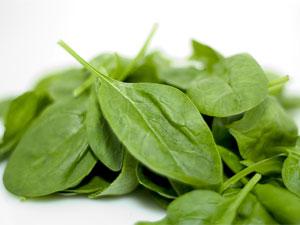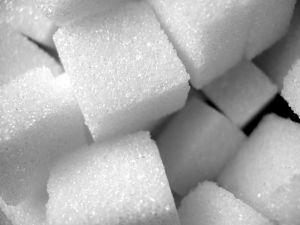
Fight the battle of the bulge by cracking down on your sugar intake -- here's how.
We all love adding sweetness to our lives. When we are happy, we want to treat ourselves to sweets. When we are sad, they help boost our mood. When we show thanks, we treat others to sweets. Whenever guests visit, we don't leave them before they do the traditional mooh meetha. When we ace an exam, we celebrate with sweets; when we fail, others bring us sweets to cheer us up.
So, is there anything to worry about with so much sweetness in our lives?
Yes, there is. Too much sweetness can bring bitterness in the form of diabetes. This explains why we see the emergence of various concepts which claim to battle your sugar cravings.
And this explains why we get to come across popular concepts like the Sugar Busters Diet, designed by Samuel S Andrews MD (endocrinologist), Morrison C Bethea MD (cardiac surgeon), Luis A Balart, MD (gastroenterologist) and H Leighton Steward (a corporate CEO).
In the following pages, we bring you a complete breakdown of the Sugar Busters Diet.
Read on to learn more...
is one of the most trusted sources of information about good health and wellness. To those who want to manage their health themselves, LifeMojo provides necessary information, tips, tracking tools and support to help them stay informed and motivated.




It's good to stay sweet while imparting sweetness to other people's lives, but it's not sweet to go overboard with it. In fact, we don't know what brings sweetness to every individual -- what may work fine for one may not go down well with others. The Sugar Busters Diet may truly restrict unnecessary or extra fat, sugar or refined carb intake for some, while many others may just fail and surrender to the call of their taste buds.